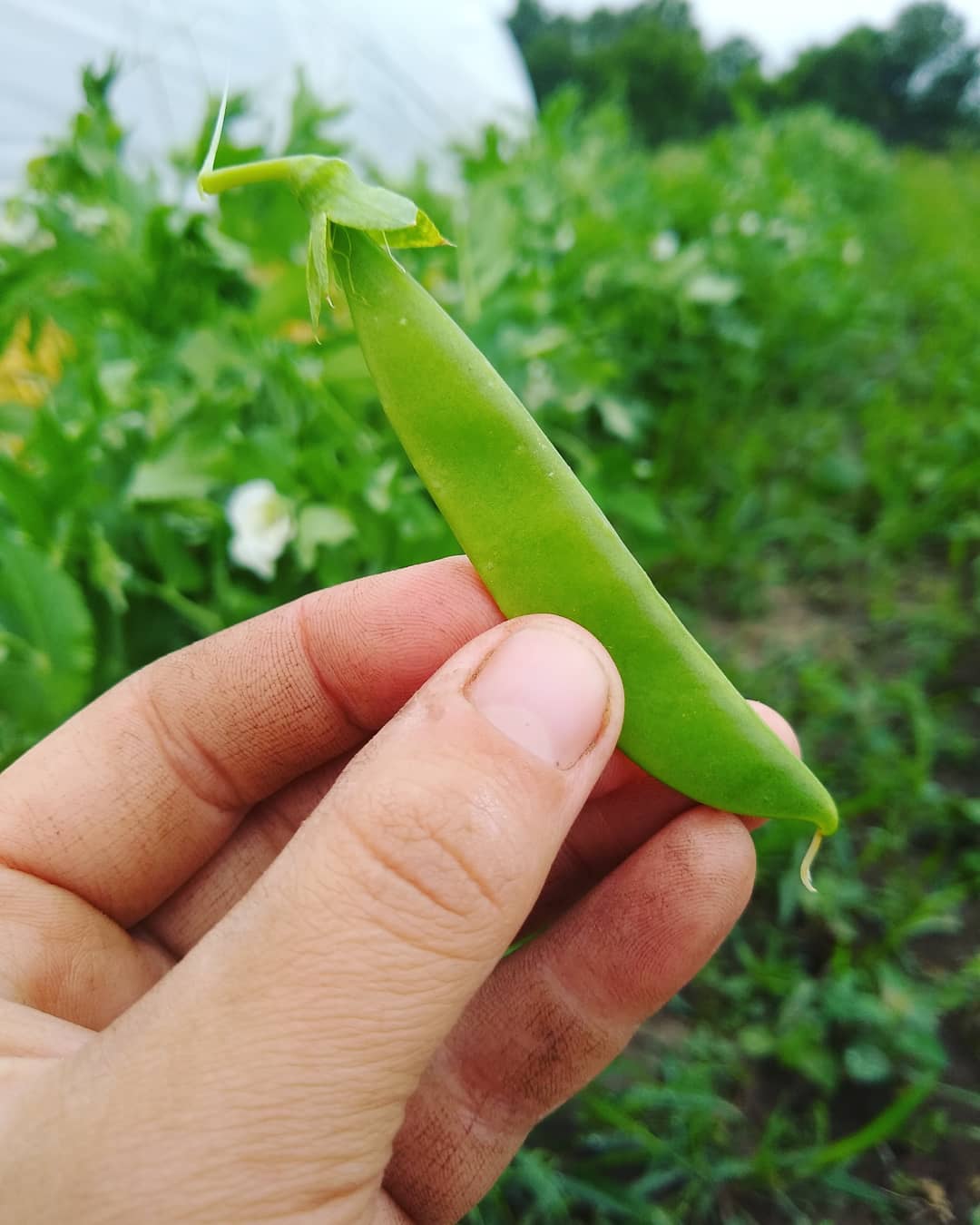Hello CSA Members!
This recent cold and snow (and even the colder temps in this week’s forecast) have got us thinking that winter’s here a little early! Wouldn’t you agree?
Though fall always feels like it goes by too quickly, we look forward to the rest and recuperation that the snowy winter affords us…even when it comes a little sooner than we think.
Here’s to a few more warmer days before winter hits us in full swing, and to lots more delicious vegetables to enjoy for the last few weeks of CSA. Cold or not, we’ve still got plenty in store for you….
Here’s what to expect this week:
- Parsnips New!
- Purple Daikon Radishes
- Mushrooms (Shiitakes, Oysters, or Mix of Both – May Included Dehydrated Shiitakes)
- Kale
- Carrots
- Carnival Squash
- Green Peppers
- Parsley
- Red Onion
- Sweet Onion
- Garlic
About New CSA Item This Week: Parsnips!
We’re sure you’re probably at least a little familiar with parsnips, so we won’t spend too much time talking about them…but they’re sure worth touching on at least just a little bit.
Clearly reminiscent relatives of carrots at first glance, you’ll have the opportunity to compare and contrast carrots with parsnips, since you’ll be getting both in your share.
Carrots are crisper, crunchier, and sweeter (especially the ones we’re sending out to CSA this time of year!). That’s not to say that parsnips aren’t also sweet, they’re just heartier in texture and more “aromatic” in taste.
Carrots can be an enjoyable snack raw, parsnips not so much (though to each their own, of course – I don’t mind munching in a raw parsnip, it’s pretty good). But still, parsnips love to be cooked. They’re right at home in most fall or winter soups or stews that would call for carrots, and could even replace carrots in most of these (though they would go great together in these dishes, too).
In my opinion (and from our collective experience, both Will and I, with cooking parsnips over the years), parsnips don’t just love being cooked – they also love seasonings and spice. If you taste a parsnip for that matter, you’ll notice how they have a low-key aromatic flavor that’s almost built right into them.
For this reason, spice them up! Especially for this time of year, parsnips go extremely well with classic fall seasonings. According to the Flavor Bible by Karen Page and Andrew Dornenburg, parsnips go great with chives, cream, garlic, ginger, maple syrup, nutmeg, parsley, sage, thyme, and many other ingredients. One of our farmer friends once prepared a pureed parsnip soup that featured cardamom – it was absolutely delicious, and I recommend using the spice with parsnip all the time.
Other great pairings with parsnips: butter, other root vegetables (especially turnips!), and apples. Yum…just, yum.
So, if you have any further questions about parsnips and what you can do with them, please let us know. Likewise, don’t be shy to share your recipes with us! | jupiterridgefarm@gmail.com
We hope you enjoy what this week’s delivery brings, parsnips and all.
Yours,
Adrian & Will | Jupiter Ridge Farm



















